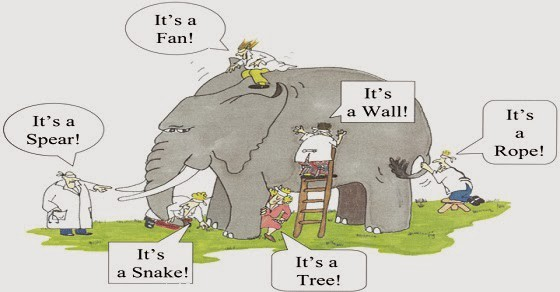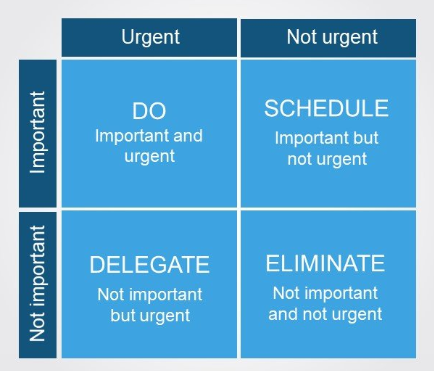Peter Hollins - Mental Models
📖 https://www.goodreads.com/en/book/show/45027848
MMs
- Address "Important"; Ignore "Urgent" to separate priorities from impostors
- Visualize All the Dominoes to make decisions as informed as possible
- Make Reversible Decisions to remove indecisions and have a bias to action
- Seek "Satisfiction" to achieve your priorities and ignore what doesn't matter
- Stay within 40% - 70% to balance information with action
- Minimize Regret by consulting the future you on decisions
- Ignore "Black Swans" to understand how outliers shouldn't change your thinking
- Look for Equilibrium Points to find real patterns in data and not be fooled
- Wait for the Regression to the Mean to find real patterns in data and not be fooled
- What Would Bayes Do to calculate probabilities and predict the future based on real events
- Do It Like Darwin to seek real, honest truth in a situation
- Think With System 2 to think analytically instead of emotionally
- Peer Review Your Perspectives to understand the consensus view and why you might differ
- Find Your Own Flaws to scrutinize yourself before others can
- Separate Correlation From Causation to understand what truly needs to be addressed to solve a problem
Decision Making For Speed And Context
To the man with only a hammer, every problem looks like a nail.
- Abraham Maslow
A mental model is a blueprint to emphasize important aspects of whatever you're facing, and it defines context, background and direction.
Without them, you are only able to see the haphazard, individual elements with no connection to each other.
A chef is someone who has the mental models of flavor profiles, what basic ingredients are needed for a stock or a sauce, typical techniques for different meats, and the conventional beverage and food pairings.
You can think of mental models as life heuristics or guidelines to evaluate and comprehend.
Mental models aren't perfect representations of the world around us, they serve to separate the signal from the noise for a specific perspective.
Too few mental models limit your capability to comprehend.
MM #1: Address "Important"; Ignore "Urgent" to separate priorities from impostors
"important" and "urgent" aren't synonyms. The ability to distinguish between the two is the key step to lowering anxiety, stopping procrastination, and optimizing decision making.
Important task
Contributes directly to our short-term or long-term goal. They are absolutely imperative to our work or lives. They cannot be skipped and should be prioritized. They may not need to be done immediately and thus don't appear important. Their impact matters the most and skipping them has negative consequences.
Urgent task:
demands speed and immediacy, many time without deserving it. These tasks are usually easier to complete, the "quick wins" if you will, and thus we tend to prioritize them to achieve a sense of quasi-productivity. Many times these tasks can be delayed, delegated, or even ignored.
We spend way too much time on urgent tasks when we should be focusing on important tasks.
To differentiate between Urgent and Important we can use the Eisenhower Matrix:
Do: important duties that need to be completed with urgency, under some immediate deadline.
Schedule: Need to be done at some point but not necessarily now, thus we should plan for them but no need to rush them.
Delegate: tasks that are vital to do but not vital for you to do them.
Eliminate: These tasks are really just distractions and serve as an escape.
© nem035RSS
